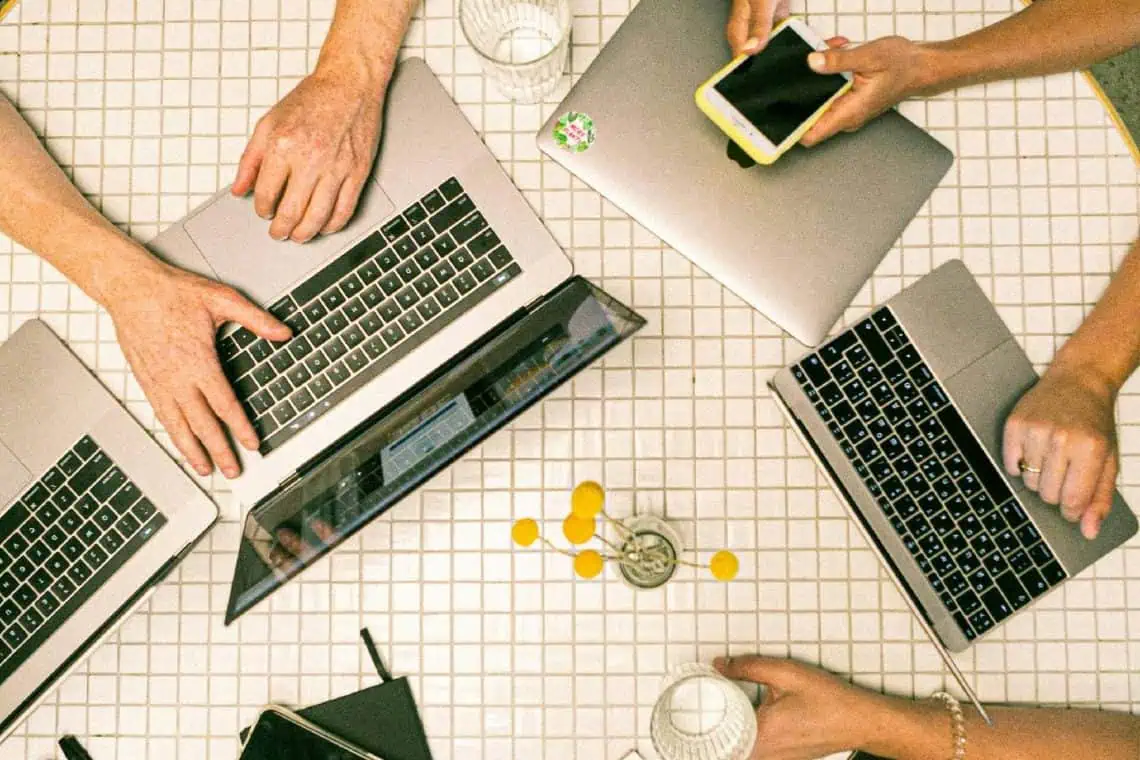In a world dominated by screens, South Africans are spending over nine hours online daily—placing the country at the top of global internet usage rankings. But as digital connectivity soars, the line between productivity and dependency blurs. This article explores the latest statistics, draws lessons from international trends, and shares practical strategies to maintain a healthy digital balance.
Understanding South Africa’s Online Dominance
South Africans average 9 hours and 37 minutes online each day, surpassing the global average of about 6 hours and 40 minutes. This surge is fueled by affordable mobile data, widespread smartphone adoption, and a vibrant social media landscape. Platforms like TikTok, Instagram, and WhatsApp serve as essential tools for communication, entertainment, and business, bridging urban and rural divides alike.
The benefits are clear: hyper-connectivity drives economic growth, boosts e-commerce, and expands remote work opportunities. Yet, excessive screen time has downsides, including mental health concerns, sleep disruption, and productivity dips. Hours spent searching for jobs or scrolling may ironically erode focus and effectiveness.
Lessons from International Screen Time Trends
Globally, screen time debates offer valuable insights. Adults in developed nations average 7 hours daily, with younger generations exceeding 9 hours. Concerns range from exposure to inappropriate content to addiction and sleep disruption. Strategies such as limiting device use at school or home, and educating youth on healthy habits, demonstrate how mindful approaches can prevent digital overload.
Youth and Tech: Global Parallels
Across highly connected nations, digitally native youth drive innovation while facing similar risks of over-reliance on screens. Regulatory approaches, such as voluntary guidelines and time limits, highlight ways to balance tech enthusiasm with healthy usage habits. Lessons from these strategies can help cultivate a generation that leverages connectivity without succumbing to its pitfalls.
Productivity Hacks for High Screen Use
High daily usage makes productivity management essential. Begin with a time audit using apps that track screen use. Set limits for non-essential apps and disable notifications to reduce distractions.
The Pomodoro technique—25-minute focused sessions followed by 5-minute breaks—can improve concentration. Incorporate offline activities like journaling or walking, and establish screen-free zones at home. Tools that block distracting sites can transform extensive online hours into productive output.
Setting Social Media Boundaries
Social media can consume vast amounts of time, so set clear limits. Curate feeds by unfollowing accounts that don’t add value and schedule specific times for updates. Engage mindfully rather than continuously scrolling.
Use features to mute notifications during focus hours, and encourage household discussions to create shared rules and collective accountability.
Digital Detox: Recharging Without Disconnecting
Periodic digital detoxes help reset your relationship with technology. Start small with phone-free meals or evenings. Explore natural escapes, from hiking mountain trails to immersing yourself in serene landscapes. Benefits include reduced anxiety and improved sleep.
Inform friends and family about your detox plans and replace screen time with hobbies such as reading or yoga. Digital detox is about regaining control, not abandoning digital life.
Striking the Balance
With South Africa leading global online engagement, the challenge lies in balancing connectivity with well-being. By applying international lessons, adopting productivity techniques, and embracing mindful digital breaks, it’s possible to enjoy the internet’s advantages without letting it dominate daily life. Focus on quality over quantity in screen hours—your mind, body, and productivity will benefit.
